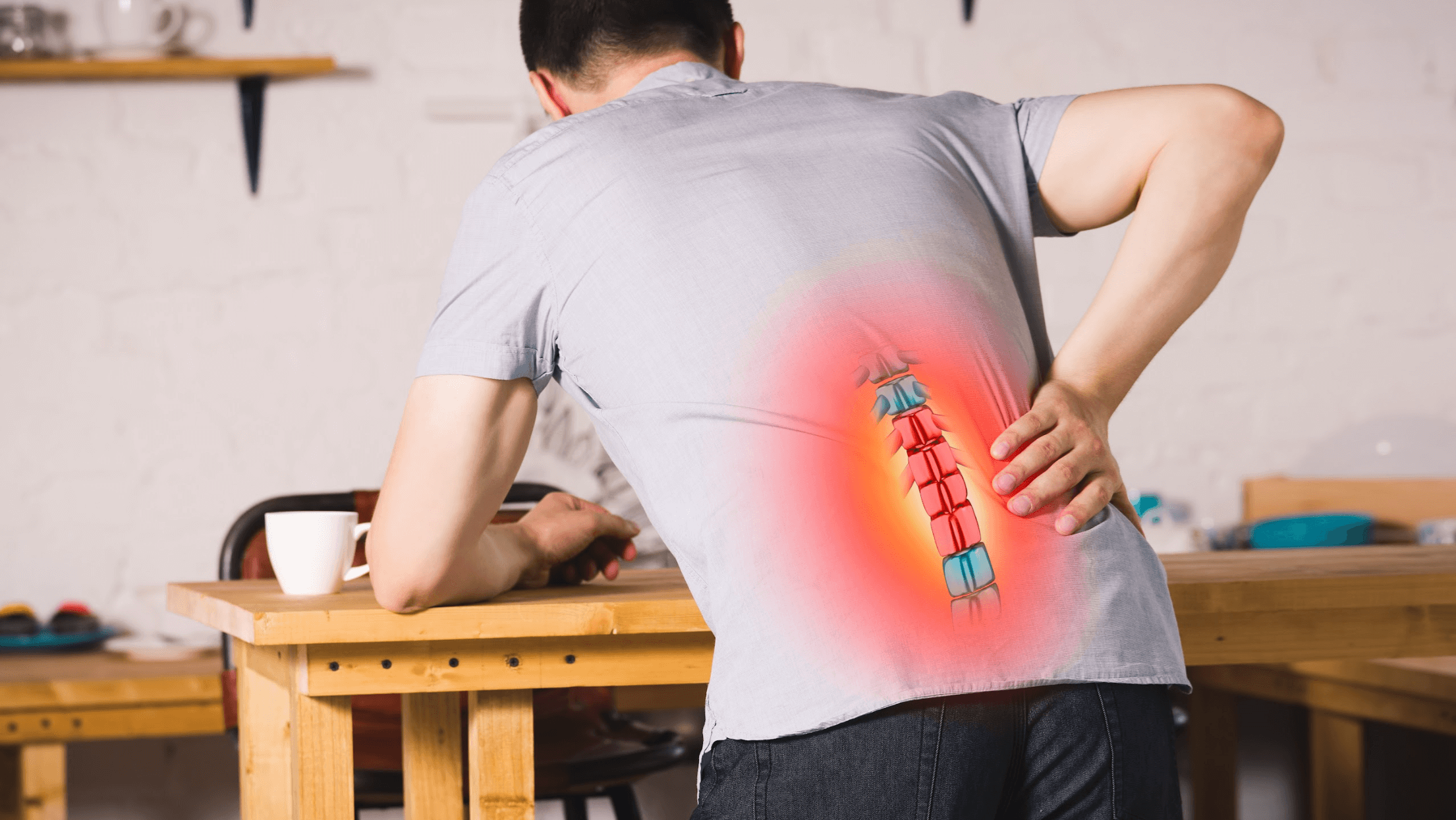Home / Orthopedic Blog / How Is Chronic Lower Back Pain Diagnosed?
How Is Chronic Lower Back Pain Diagnosed?
By: Our Medical Team | December 4, 2023

Almost everyone will experience back pain at some point in their lives, but it is often acute, associated with an isolated event, and resolves with rest and at-home care. For some patients, however, lower back pain becomes a chronic condition that can be highly disruptive, immobilizing, and uncomfortable. At Southwest Spine & Sports, Dr. Michael Wolff and our caring team understand the discouraging and frustrating nature of chronic low back pain, and we are dedicated to helping patients get to the root cause of their pain so that an appropriate and effective treatment can be started as soon as possible.
We are proud to have helped many of Scottsdale’s VIPs, including professional athletes and others, get the pain relief they deserve — and you can join them. Here, you’ll find more information about chronic low back pain, including what tools and techniques can be used to determine a diagnosis and which treatment options may be available for you.
What could be causing my lower back pain?
There are many potential causes of low back pain, and oftentimes, more than one factor may be contributing to a person’s symptoms. Even something as simple as sleeping on a worn-out mattress can cause or exacerbate back pain. Some of the most common causes of low back pain include:
- Compression fracture
- Herniated disc
- Degenerative disc disease
- Sacroiliac joint dysfunction
- Spinal stenosis
- Osteoarthritis
- Trauma or injury
- Overuse
- Strain
- Tumor
- Autoimmune disease
How is low back pain diagnosed?
Diagnosing lower back pain involves identifying the likeliest cause(s) of your pain using a number of tools and techniques. To begin, Dr. Wolff will discuss your symptoms and review your health and medical history. Based on your specific symptoms and the type of back pain you are experiencing, Dr. Wolff may ask you to attempt to move your back into certain positions or perform a range of motions. If necessary, Dr. Wolff may also order imaging studies — like x-rays, CT scans, or MRIs — and/or blood work to further investigate what may be causing your lower back pain. Once a diagnosis has been made, Dr. Wolff will create a customized treatment plan that can best help you get relief from your back pain and regain your normal range of motion and mobility.
How can I get relief from low back pain?
The most appropriate and effective low back pain treatment option for you will depend on the nature and severity of your symptoms as well as other individual factors. At Southwest Spine & Sports, we offer a number of advanced and innovative back pain relief options, many of which are regenerative and healing in nature — meaning they help to address and correct the cause of the pain versus simply masking symptoms. Some of our most popular nonsurgical back pain treatment options include:
- Platelet-rich plasma (PRP)
- Biologic therapies
- Growth factor injections
Again, Dr. Wolff will work closely with you to determine the cause of your lower back pain and then recommend one of the treatment options above — or another treatment or procedure if appropriate — to help you get rapid and lasting relief.
Send back pain packing with nonsurgical low back pain treatment in Scottsdale, AZ
If back pain is keeping you from enjoying your favorite activities or making the simplest of routines uncomfortable and difficult, we can help. Join the many Scottsdale, AZ, VIP patients who have found relief for their chronic pain with our state-of-the-art care by calling Southwest Spine & Sports to schedule your one-on-one consultation with Dr. Michael Wolff today.
TAGS












